Wysoka Strzyżowska – Draby
Borough of Wysoka Strzyżowska , Strzyżowski District, Podkarpackie VoivodshipType of place
A forest in Draby, a private plotInformation about the crime
Edyta Włodyka wrote about the murder of a group of Jews hiding in the hamlet of Draby in her article: “Franciszek Pilch lived not far from Michalina [Michalska’s] house. He helped Jews from Strzyżów who were hiding in a forest dugout. They had a hardware store in the Market Square in Strzyżów: Boruch, his brother and two daughters. Franciszek Pilch fed them and helped them as much as he could. When the Gestapo with Wiktor Godrza arrested Maria Kobiałkowa, they took her to Franciszek’s house and ordered him to take them to the place where the Jews were hiding. When he refused, they beat him brutally, broke his ribs and damaged his legs in such a way that he remained crippled for the rest of his life. That’s how they forced him to reveal the hiding place of the Jews. The criminals shot three people. One wounded man managed to escape and survived.” (O tym nie wolno zapomnieć, Nad Wisłokiem, February 2011)
The memory of Jews in hiding still lives on among local residents, whom we met in spring 2022:
“- I know that they killed three pretty Jewish women, young, in their twenties, while they were sleeping. They were hiding there. […]
– So, they were sleeping here at night and the Germans came…
– They killed them in their sleep. They shot them with a machine gun. The women were young, beautiful. […] But there is no trace there. It’s all overgrown. It’s not that easy. As long as there was this plaque, it was more or less known. But not one hundred percent. There was only a plaque. […] It’s in the forest. From the road from Wysoka Strzyżowska to Rzepnik you have to turn right. About a kilometer further, there is a forest road that leads to this place. I think there was a cross and a fence there. I was there in the summer, there were burned candles, so someone was coming there”.
The Register of Killing Sites and Crimes in the former rzeszowskie province mentions the execution of three people on April 3, 1943. “German policemen shot three Jewish women in the hamlet of Graby [spelling mistake]. They were hiding in Franciszek Pilch’s house. They were buried in the forest.” (Register of Killing Sites and Crimes…, Warsaw, 1984.”)
W Rejestrze Miejsc i Faktów Zbrodni dla byłego województwa rzeszowskiego odnotowano egzekucję na trzech osobach w dniu 3 kwietnia 1943 r. “Policjanci hitlerowscy rozstrzelali w przysiółku Graby trzy Żydówki. Ukrywały się one w domu Pilcha Franciszka. Zwłoki pochowano w lesie”. (Rejestr miejsc i faktów…, Warszawa, 1984 r.”)
Commemoration
The place of the grave was marked with a wooden matzevah in 2022 as part of the project “Reference points – marking 24 Jewish war graves with wooden matzevot”. The project is an attempt to find a way of marking these places before they can be commemorated. Marking forgotten Jewish war graves with wooden matzevot is a subtle intervention in the landscape reminding about what remains invisible, yet present in the memory of local communities. Being only a temporary commemoration, wooden matzevot invite local communities to discuss and take action, to discover the places, and perhaps to start their own memory practice related to them or to initiate a permanent commemoration.
You can read more about the project here: https://tinyurl.com/2p9ar52f
The project was implemented thanks to the funding from The Association of the Jewish Historical Institute of Poland (Stowarzyszenie Żydowski Instytut Historyczny) and The Matzevah Foundation.


IDENTIFICATION OF THE GRAVE BASED ON NON INVASIVE RESEARCH
On May 17, 2022, a site inspection was carried out in the indicated place of the mass grave of 3 victims (GPS – N 49°48.043′ E 021°43.866′). This place was a forest hideout, located near a stream on the eastern side and sheltered by an escarpment on the northern side.
On July 28, 2022, georadar surveys were carried out. The results confirmed the soil disturbance.
Echograms GRA10001-GRA10003 registered correlated anomalies starting at about 0.8 mb – 1.2 mb and continuing to about 3.2 mb. The approximate depth of the anomaly is approx. 0.7 m below ground level.
Due to the varied topography of the terrain, LiDAR survey was not helpful in this case.
Aerial photography query for this area wasn’t ordered.
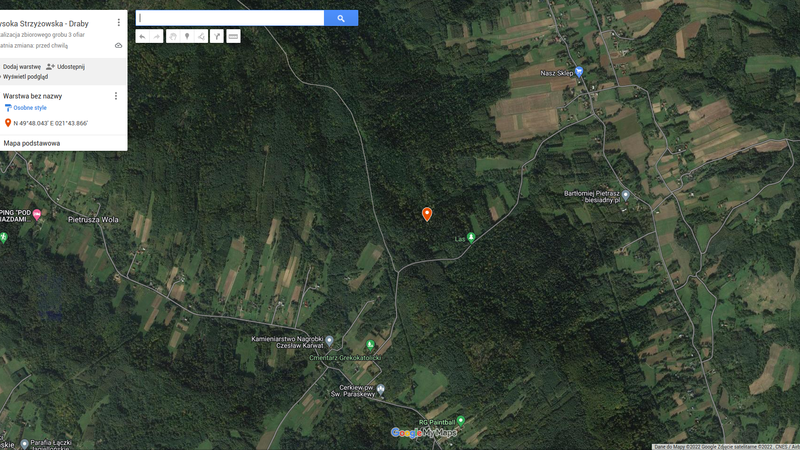 Wysoka Strzyżowska - Draby fotografia satelitarna 1a
Wysoka Strzyżowska - Draby fotografia satelitarna 1a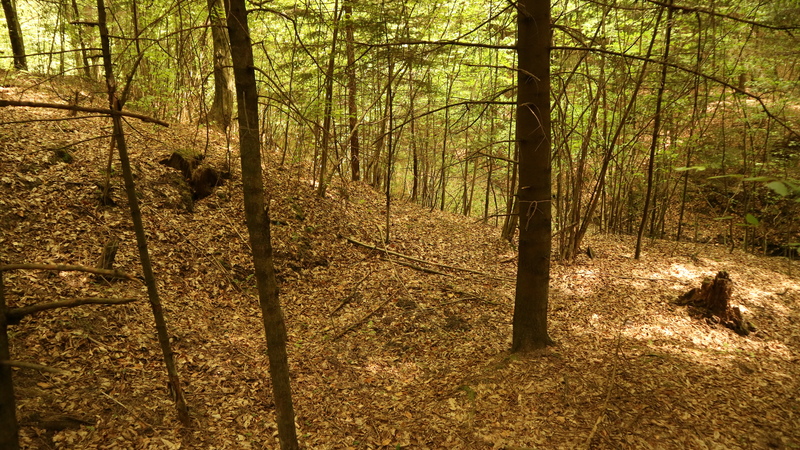 Wysoka Strzyżowska - Draby fotografia 1 lokalizacji
Wysoka Strzyżowska - Draby fotografia 1 lokalizacji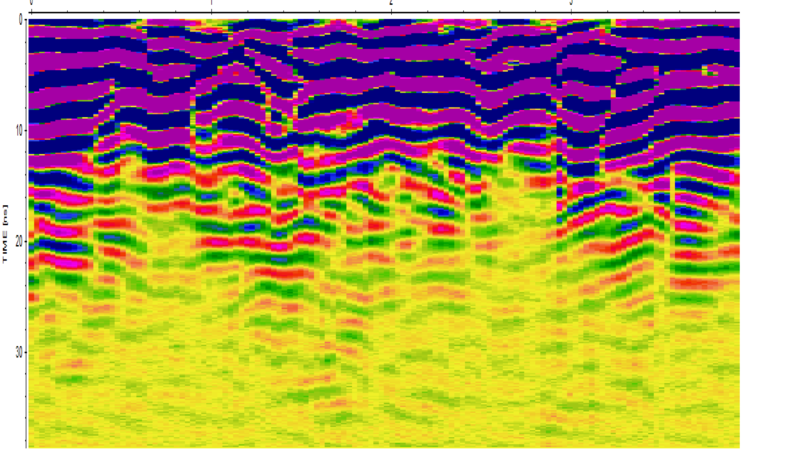 Wysoka Strzyżowska - Draby echogramy GRA10001-GRA10003
Wysoka Strzyżowska - Draby echogramy GRA10001-GRA10003Sources
Transkrypcje
Contact and cooperation
We are still looking for information on the identity of the victims and the location of Jewish graves in Wysoka Strzyżowska. If you know something more, write to us at the following address: fundacjazapomniane@gmail.com.
Bibliography
Edyta Włodyka, O tym nie wolno zapomnieć, in: Independent monthly magazine of Strzyżów Nad Wisłokiem, No. 2/111/2011
Recording of the Zapomniane Foundation (audio file), name: Ewa R., resident of Wysoka Strzyżowska village, subject and keywords: Wysoka Strzyżowska, hiding place, interviewed by Anna Skiba, Wysoka Strzyżowska, May 5, 2022.
Recording of the Zapomniane Foundation (audio file), name: Grzegorz W. resident of Wysoka Strzyżowska village, subject and keywords: Wysoka Strzyżowska, hiding place, interviewed by Anna Skiba, Wysoka Strzyżowska, December 7, 2021
Recording of the Zapomniane Foundation (audio file), name: Zbigniew. inhabitant of the village of Wysoka Strzyżowska, subject and keywords: Wysoka Strzyżowska, hiding place, interviewed by Anna Skiba, Wysoka Strzyżowska, December 7, 2021
The Register of Killing Sites and Crimes committed by the Germans in Poland between 1939 and 1945; rzeszowskie province, Warsaw 1984, p. 213
We have collected the materials about this village thanks to the funding provided by the International Holocaust Remembrance Alliance as part of the project “The rural Holocaust. Collecting and safeguarding the never recorded testimonies 100 forgotten Jewish graves 2021-2022”. The materials for this website were developed, digitized and made available as part of the project “Development of a digital archive of Jewish war graves outside the extermination camps and educational use of archive resources” thanks to funding from the Minister of Culture and National Heritage from the Cultural Promotion Fund.
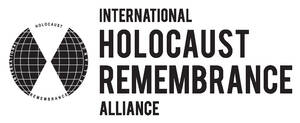
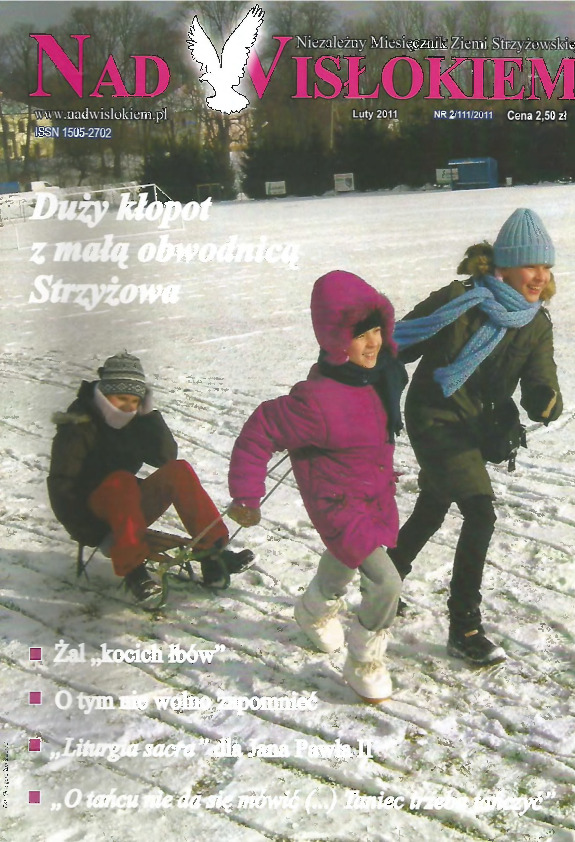 Artykuł - O tym nie wolno zapomnieć - Wysoka Strzyżowska - Draby
Artykuł - O tym nie wolno zapomnieć - Wysoka Strzyżowska - Draby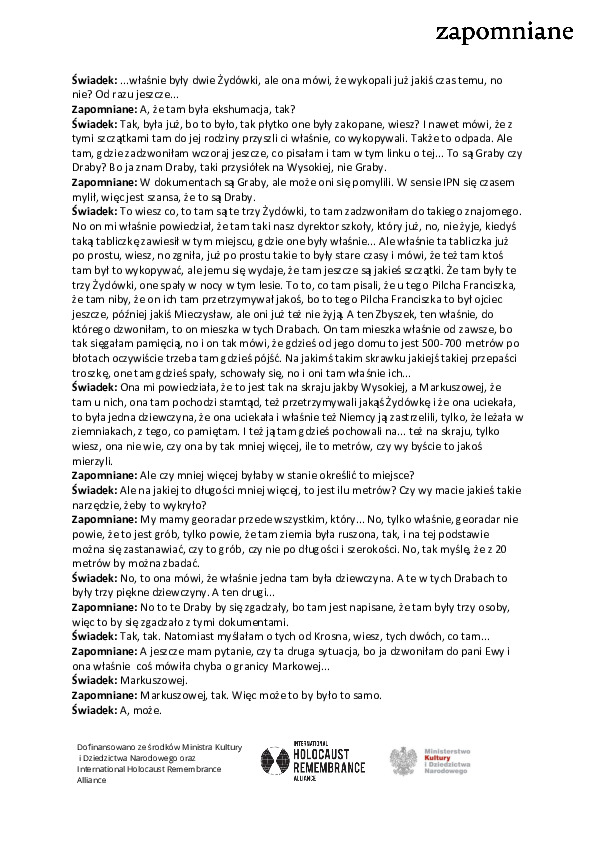 Wysoka Strzyżowska - Draby - transkrypcja
Wysoka Strzyżowska - Draby - transkrypcja